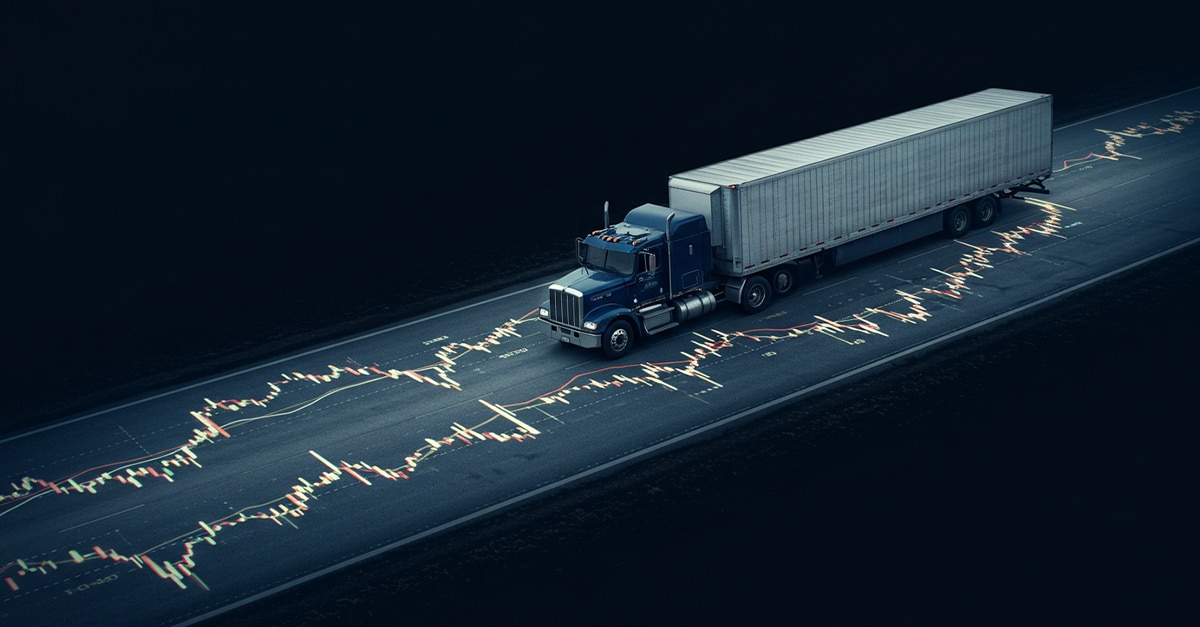COVID-19 has altered the business climate for many corporations worldwide, emphasizing the significance of responding, adapting, and establishing crisis management processes to weather difficult times. 2021 had a set of unique challenges thrown at global logistics and supply chains, some of which were never felt before. Severe restrictions and lockdowns produced numerous critical circumstances that required immediate actions in the early days. Many businesses have now begun to shift into “recovery mode” and plan long-term. As companies strive to improve their operations and resilience, the relevance of supply chain strength and risk management is becoming more evident than ever.
Here is why 2021 goes down in history as the most challenging year for the supply chain.
Global logistics capacity challenges
East Asian nations recovered faster from the corona crisis and were ready to restart their economy in early 2021, leading to a rising imbalance of the global flow of products. As a result, empty containers have stacked up in European and American terminals, while Asian exporters have been unable to ship due to a lack of empty containers.
Meanwhile, industries worldwide rushed to refill stockpiles, highlighting contrasts in demand and availability of logistics capacities.
As a result of these conditions, the worldwide demand for container tonnage presently exceeds the available number of ships and containers. This imbalance has led to transportation costs for container shipments skyrocketing while deliveries have been delayed and, in some cases, canceled.
Changing COVID regulations
COVID breakouts in various parts of the supply chain have produced a constantly changing operating environment. The COVID-19 outbreak requires governments in different countries to respond in an environment fraught with uncertainty and strained by economic, budgetary, and social constraints. With the appearance of fresh waves and variants of infection in several countries since mid-2020, governments cannot sequence policy actions. Instead, governments respond on all fronts simultaneously. Such frequent shifts in government regulations create many last-minute changes and bring uncertainty for the global supply chains.
For example, in September this year, officials enhanced quarantine measures for ground personnel to manage the crisis at Shanghai airport. This enhanced quarantine regulation led to unplanned global delays and flight cancellations, leading to end-customer delays and higher costs.
Workforce shortages
Due to the limited supply and demand, many businesses retrenched most employees to contain their operating expenditures. As a result, people who have been fortunate enough to keep their job have reported logging in at obscene hours to satisfy the criteria.
There were also losses of lives due to the pandemic. And 20% of the workforce chose to stay at home out of fear for their life. This resulted in a workforce scarcity across production centers, while also delaying logistics operations and delivery fulfillment.
The labor shortage is affecting the United States as it recovers from the pandemic. The situation is very similar in Europe, where it may be more challenging to resolve. In the near run, coronavirus travel restrictions imply that workers will not cross borders inside the Eurozone as freely as before. Brexit has created an extra hurdle to labor movement since the trade agreement between the United Kingdom and the European Union, which began this year, contains limitations on activity.
E-commerce boom and its challenges
The rapid expansion of e-commerce, along with the lightning-like spread of COVID-19, is not breaking news, as e-commerce sales continue to increase and brick-and-mortar sales fall. The most significant impact of e-commerce has been on parcel and last-mile logistics. UPS employed 39,000 additional employees in early 2021, with plans to hire over 100,000 seasonal workers by the end of the year. FedEx said it is hiring 70,000 more personnel for the Christmas season and is pushing weekend delivery. Package volume is increasing even as order sizes are falling, thanks to the change from B2B to B2C. B2C currently accounts for roughly two-thirds of overall volume.
The pandemic’s increased volume has lasted a year, with no end in sight, and may constitute a permanent behavioral adjustment. However, it has offered a chance for carriers to explore, test, and invest in alternate modes of pickup, transportation, sortation, and delivery.
To improve the efficiency of the supply chain processes, Turvo’s advanced supply chain solutions will be of assistance. Turvo combines all internal and external systems into a single platform, reducing unnecessary tasks and simplifying business operations. Turvo uses cloud-based technologies and mobile applications to connect the global supply chain. With Turvo, you can see everything from every system, person, and organization associated with the business.








